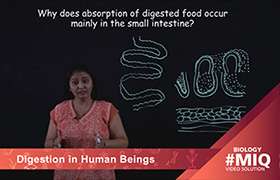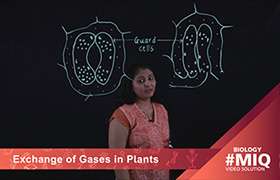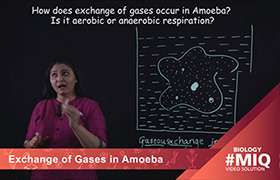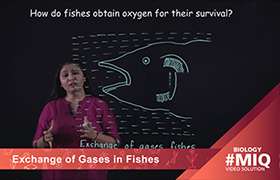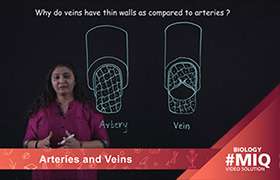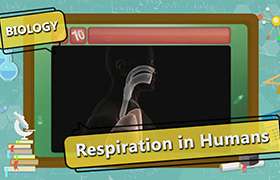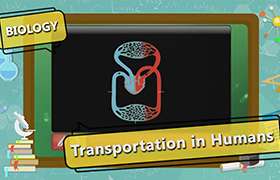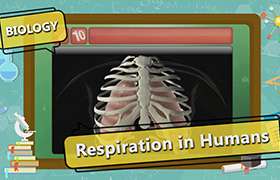CBSE Class 10 Answered
how lungs changes the deoxygenated blood from oxygenated one
Asked by Vishad | 09 Jul, 2013, 07:09: PM
This is done through pulmonary circulation.
Pulmonary circulation is the movement of blood from the heart, to the lungs, and back to the heart again. De-oxygenated blood leaves the heart, goes to the lungs, and then re-enters the heart; deoxygenated blood leaves through the right ventricle through the pulmonary artery, the only artery in the body that carries deoxygenated blood, to the capillaries where carbon dioxide diffuses out of the blood cell into the alveoli, and oxygen diffuses out of the alveoli into the blood. Blood leaves the capillaries to the pulmonary vein, the only vein in the body that carries oxygen-rich blood in the body, to the heart, where it re-enters at the left atrium.
Pulmonary circulation is the movement of blood from the heart, to the lungs, and back to the heart again. De-oxygenated blood leaves the heart, goes to the lungs, and then re-enters the heart; deoxygenated blood leaves through the right ventricle through the pulmonary artery, the only artery in the body that carries deoxygenated blood, to the capillaries where carbon dioxide diffuses out of the blood cell into the alveoli, and oxygen diffuses out of the alveoli into the blood. Blood leaves the capillaries to the pulmonary vein, the only vein in the body that carries oxygen-rich blood in the body, to the heart, where it re-enters at the left atrium.
Answered by | 10 Jul, 2013, 01:30: PM
Application Videos
Concept Videos
CBSE 10 - Biology
Asked by kunchalasrinivasaraosrinivasar | 23 Apr, 2024, 07:40: PM
CBSE 10 - Biology
Asked by bgmigaurav7318 | 08 Apr, 2024, 01:46: PM
CBSE 10 - Biology
Asked by jayeshsah1995 | 04 Mar, 2024, 12:01: PM
CBSE 10 - Biology
Asked by nsubhashree54 | 24 Feb, 2024, 11:08: AM
CBSE 10 - Biology
Asked by sarmabankupalli9 | 02 Jan, 2024, 08:19: PM
CBSE 10 - Biology
Asked by pavanimullu123 | 26 Dec, 2023, 07:17: PM
CBSE 10 - Biology
Asked by jitendranathsingh331 | 26 Nov, 2023, 06:17: PM
CBSE 10 - Biology
Asked by waccstudies123 | 08 Oct, 2023, 02:10: AM
CBSE 10 - Biology
Asked by 09.10bjanvhijadhav | 16 Sep, 2023, 11:58: PM
CBSE 10 - Biology
Asked by devy64469 | 03 Sep, 2023, 09:25: PM

